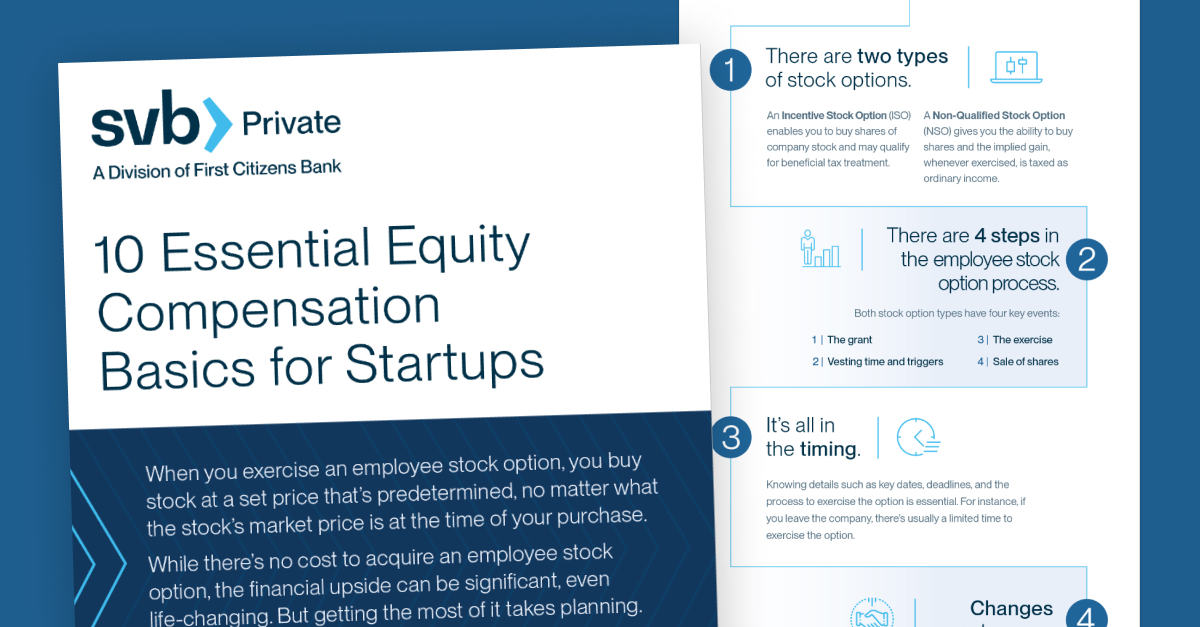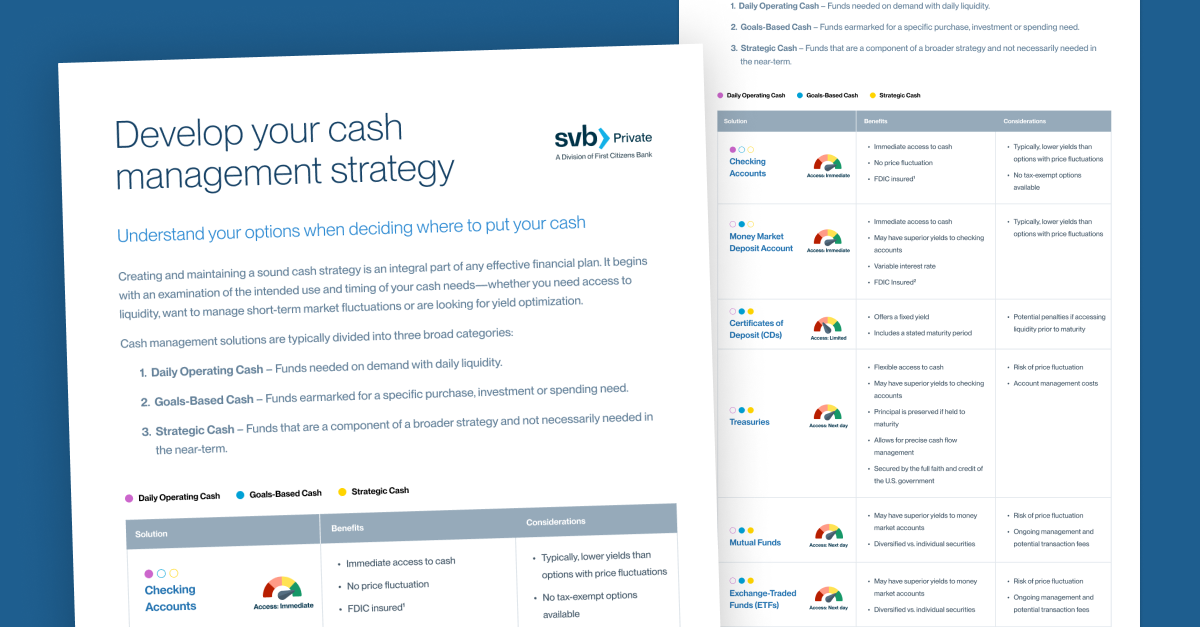We’re pleased to provide you with insights like these from Boston Private. Boston Private is now an SVB company. Together we’re well positioned to offer you the service, understanding, guidance and solutions to help you discover opportunities and build wealth – now and in the future.
The importance of tax and cost efficiency
High net worth individuals and families have historically invested with one investment management firm, which often acted as a trusted advisor and as a liaison between the family and other service providers, such as attorneys and CPAs. With the proliferation of robust custodial platforms, and the broader adoption of a more globally diversified asset allocation approach, much high net worth individuals have moved to using multiple advisors to fulfill their desired allocations. In addition, high profile cases involving asset managers who committed fraud have created a high level of uneasiness amongst some investors around placing a majority or all of their assets with one firm.
While this multi-advisor approach appears to offer the benefits of diversification – whether because certain advisors are given a specific asset class exposure to manage, or several advisors are creating diversified portfolios - the reality is that there may be hidden costs to this approach.
First, you don't get the full picture of your portfolio. Not having an efficient mechanism by which to view all of your various advisor portfolios in a holistic manner may result in a overly complicated portfolio - an overlap in holdings, and overweight in certain sectors/industries, and an overconcentration in a single security. While there might be an opportunity for some coordination among advisors, the reality is that the burden in this scenario may often fall to the individuals and families themselves, which can be tedious if undertaken.
Second, your portfolio may not be managed for optimal tax efficiency. For example, most advisors, when given a particular mandate, provide or are provided with a general range of allowable capital gains for a given year, particularly in situations where the existing portfolio contains some percentage of low cost-basis stocks. Unfortunately, this may create a situation where tax management is done in a vacuum, and does not allow for tax loss harvesting and offsets across the whole portfolio. In addition, should one or more managers be tasked with employing a similar style of investing in the same asset class, there is a risk that buying and selling the same securities in the same month could result in running afoul of IRS wash-sale rules.
Third, you could be paying a higher overall management fee. Most fee-based investment advisors and wealth advisors utilize a fee schedule which offers a lower fee as assets under management increase. Therefore, by splitting assets among several advisors, each pool of assets may be charged at a higher fee than if they were consolidated among one or two advisors. This is even more critical when consolidating any relationships that individuals and families may have with a firm that offers holistic wealth management and banking services, as there are often benefits attached to having a larger overall relationship that extend beyond fees.
An argument could be made that consolidating to a limited number of advisors may limit investment options. However, having a single firm with a broader set of investment capabilities that utilize a reputable third-party custodian can offer a combination of: competitive investment options, the ability to manage a portfolio holistically and tax efficiently, and a more attractive fee structure.














